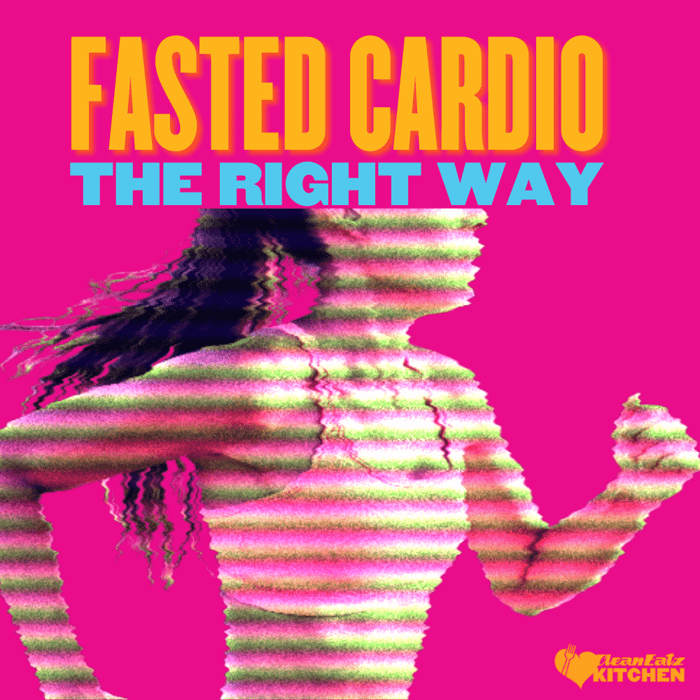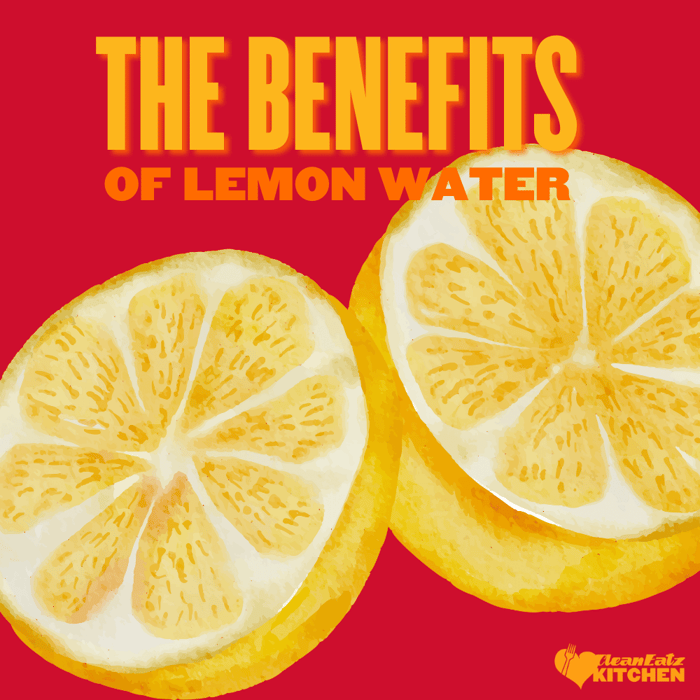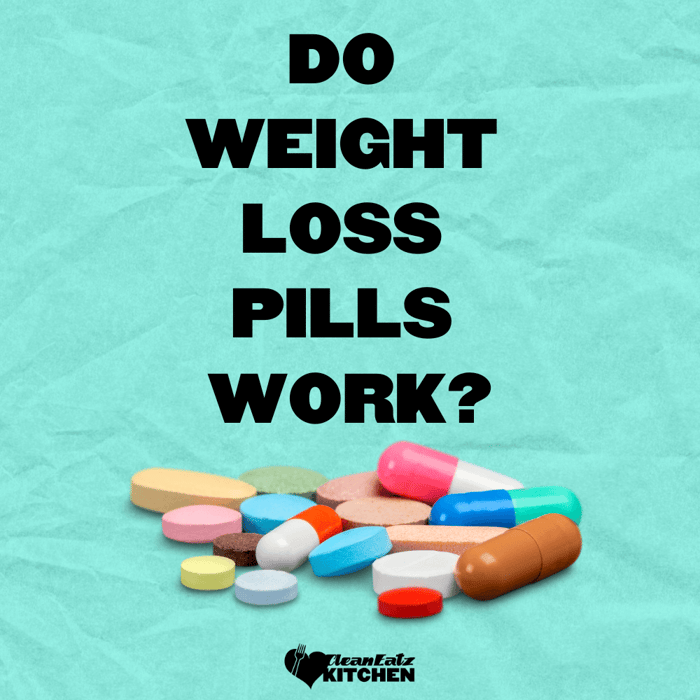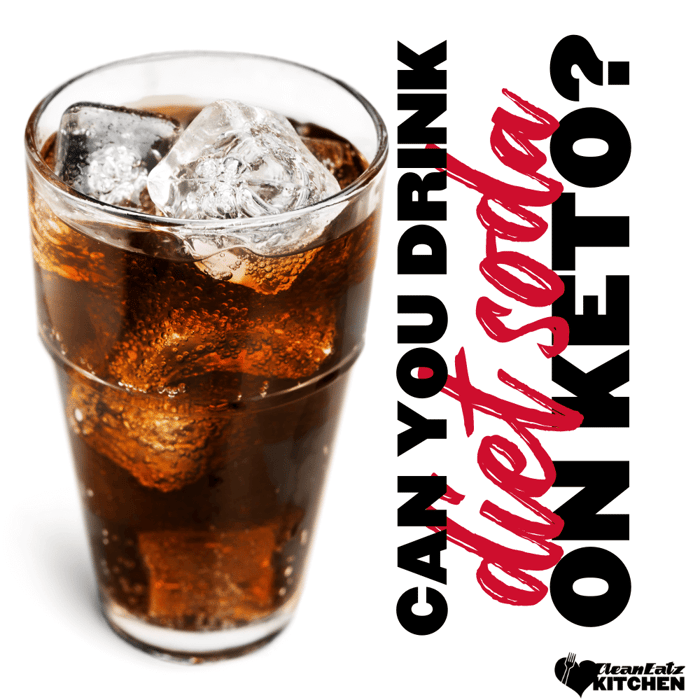What changes in fasted vs. fed workouts?
- Fuel mix: In the fasted state (e.g., before breakfast), your body relies more on fat during moderate cardio. In the fed state, you’ll use relatively more carbohydrate and often feel stronger on harder efforts.
- Performance: For high-intensity or long sessions, fasted training can limit pace/power and feel tougher. If the session quality matters, a small carb pre-snack usually helps.
Does fasted cardio speed fat loss?
Not by itself. Several trials and reviews show that while fasted cardio can acutely raise fat oxidation during the session, differences tend to even out over the day—and body-fat change depends on your overall calorie balance and protein intake, not a single workout state. Translation: pick the style that helps you train consistently and stick to your nutrition plan.
Set smart targets with our calorie-goal guide, keep protein high (how much?), and see our best weight-loss program overview.
Who might benefit (and who should skip it)?
- Good use cases: Easy-to-moderate morning walks, steady-state cycling/jogging ≤60 minutes, when a light stomach feels better or you prefer fewer decisions early.
- Fuel instead if: The workout is hard (intervals/tempo), lasts >60–75 minutes, or you tend to under-perform without a snack.
- Skip/ask your clinician: If you use insulin or glucose-lowering meds, are pregnant, or have a history of disordered eating. (“Training fasted” can be a trigger for some.)
How to do fasted cardio safely
- Cap intensity: Keep most fasted sessions at easy–moderate effort (you can talk in full sentences).
- Hydrate & electrolytes: Water or low-calorie electrolytes are fine pre-session; caffeine is optional.
- Have a back-up snack: If you feel weak/dizzy, take 15–30 g quick carbs (e.g., banana, chews) and continue or switch to a shorter session.
- Program smart: Put intervals/long runs fed; keep recovery/low-stakes cardio fasted if you prefer.
What to eat after
If you train once per day, just eat a balanced meal within 0–3 hours (25–40 g protein + some carbs + produce). If you’ll train hard again within ~8 hours, prioritize faster glycogen refueling—see our post-workout carbs guide.
Make adherence easy with calorie-controlled meal plans and check macros on Nutrition Info. If you prefer portions over counting, read portion control vs. calorie counting.
FAQs
Will fasted cardio burn more fat overall?
It burns a higher percentage of fat during the session, but total fat loss over days/weeks depends on your calorie deficit, protein, and training volume.
Is fasted cardio better for belly fat?
No—spot reduction isn’t real. Focus on a sustainable deficit plus regular training (and sleep!).
What’s a simple pre-workout if I don’t train fasted?
Try ~15–30 g quick carbs (toast, banana, chews) if the session is hard or >60 minutes; add coffee if you like.
Can fasted cardio help insulin sensitivity?
Some studies note favorable glucose/insulin responses with morning fasted exercise, but fat-loss outcomes are similar when daily diet is matched. Talk to your clinician if you manage blood sugar.
References
- Vieira AF, et al. Systematic reviews/meta-analyses on fasted vs. fed aerobic exercise and substrate use. Br J Nutr, 2016 · IJSNEM, 2025.
- Schoenfeld BJ & Aragon AA. 4-wk RCT: fasted vs. fed cardio with hypocaloric diet—no difference in fat loss. J Int Soc Sports Nutr, 2014.
- Hackett D & Hagstrom A. Review: fasted exercise does not increase weight/fat loss vs. fed when calories are matched. Sports (Basel), 2017.
- Iwayama K, et al. 24-h fat oxidation rises when exercise occurs before breakfast under energy balance (chamber studies). Nutrients, 2015.
- Kazeminasab F, et al. Acute fasted vs. fed exercise: intensity can be constrained when fasted. Nutrition, 2025.
Educational content only; not medical advice.




